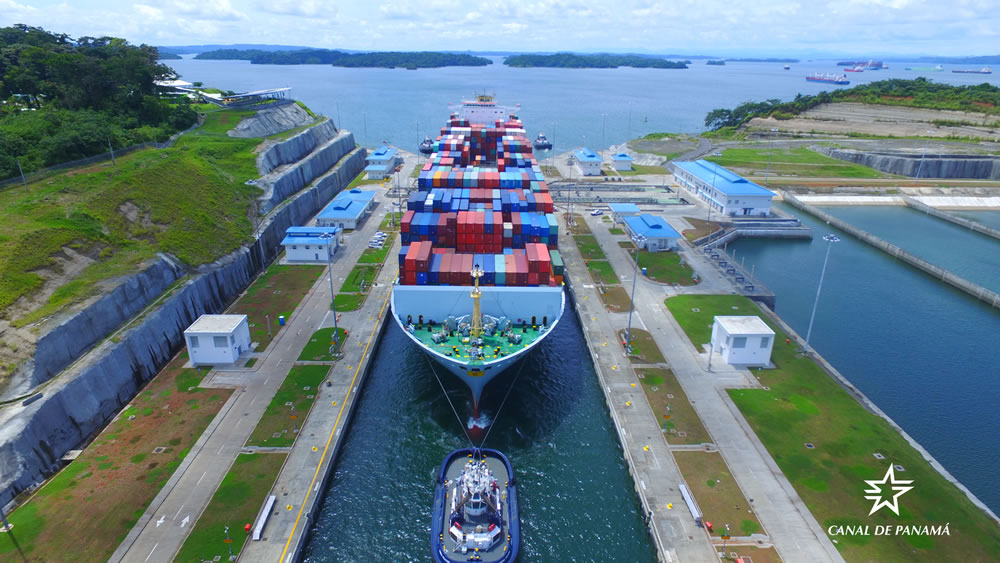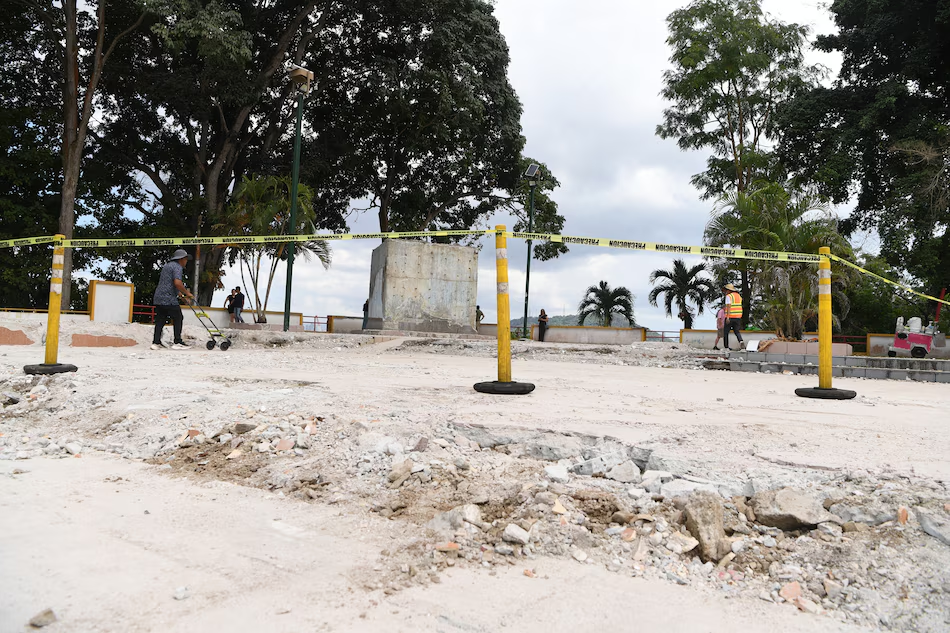ENVIRONMENT: Disaster Zones Stay or Go.

By Dina Ionesco
HARVEY, the most powerful hurricane to hit Texas in more than 50 years, displaced more than a million residents and damaged some 200,000 houses in August 2017.

The same month, extreme rainfall led to floods and landslides across Nepal, India and Bangladesh, killing nearly 1,200 and displacing millions. In 2017, drought in the Greater Horn of Africa displaced more people – forcing more than a million in Somalia, Ethiopia and Kenya from their homes.
Sudden-onset disasters – like storms, wildfires or floods – newly displace an average of 25.3 million people every year. In 2016, the number of people internally displaced by natural disasters was three times higher than the total number displaced by war and conflict.
The staggering number of people on the move because of these events makes it easy to understand how human mobility can be impacted by the environment.
It’s more difficult, however, to show a causal link between climate change impacts, the slow degradation of the environment and migration.
Millions of people around the world are already experiencing coastal erosion, desertification, water stress, land salinization, deforestation, land loss or degraded ecosystems. We know for instance that even if global temperatures rise by only 1.5 degrees Celsius by the end of the century, some 30 to 60 million people are still projected to be affected by extreme heat.
Migration can be one of the responses to these degraded living conditions. Nevertheless, environmental migrants’ global estimates do not exist to illustrate the magnitude of migration due to the slow degradation of the environment.
Mixed factors
This is because the environmental factors mix with demographic, economic and political ones, and make it difficult to count who is an environmental migrant and who is not.
Though many millions are at risk, not all will become migrants; some populations and communities will not even have the means and resources to attempt a move and remain trapped. Communities and states need to be prepared to cope with this future reality.
Our generation cannot afford to fear and lament; we have an opportunity to plan and act. There needs to be a variety of solutions in order to effectively tackle this emerging threat.

A number of solutions are specifically focused on preventing forced and tragic forms of migration due to exposure to natural hazards, climate change impacts and environmental degradation. If communities are better informed and prepared, as in the case of the Philippines that has developed extensive disaster risk reduction programs, losses and displacement are reduced.
It also means caring more for our planet and boosting action against climate change through land rehabilitation schemes, ecosystem preservation, new agriculture practices and water or energy management. All these solutions are about preserving the earth, its resources and nature so that people do not have to leave their homelands.
In other cases, states should be prepared in case people do have to cross borders to seek safety from a disaster, as happened after the 2010 Haiti earthquake. States should have the necessary mechanisms in place to receive these migrants — for instance, by granting them temporary humanitarian protection, as Brazil and the United States did for the displaced Haitians.
We also know that many people decide to migrate by choice and not by necessity. Migration can happen in dignity and through safe channels, as demonstrated by the seasonal worker programs employed by Australia, New Zealand and South Pacific Islands states.
In 2015, migrants were officially recognized by the Paris Agreement on Climate Change, finally bringing acknowledgement from the international community on the link between the environment and migration.
It is high time to also rethink contemporary migration policy and governance, in light of what we know about disaster, environmental and climate change-related migration.
The global compact for safe, orderly and regular migration to be adopted by nations in 2018 offers a historic opportunity to recognize that, indeed, facilitating dignified migration while preventing climate change-forced migration is possible. It is all about creating the right conditions that can make migration a choice, not an obligation.
Dina Ionesco is Head of the Migration, Environment and Climate Change (MECC) Division at the International Organization for Migration (IOM). She is the co-author of the Atlas of Environmental Migration (2016).





